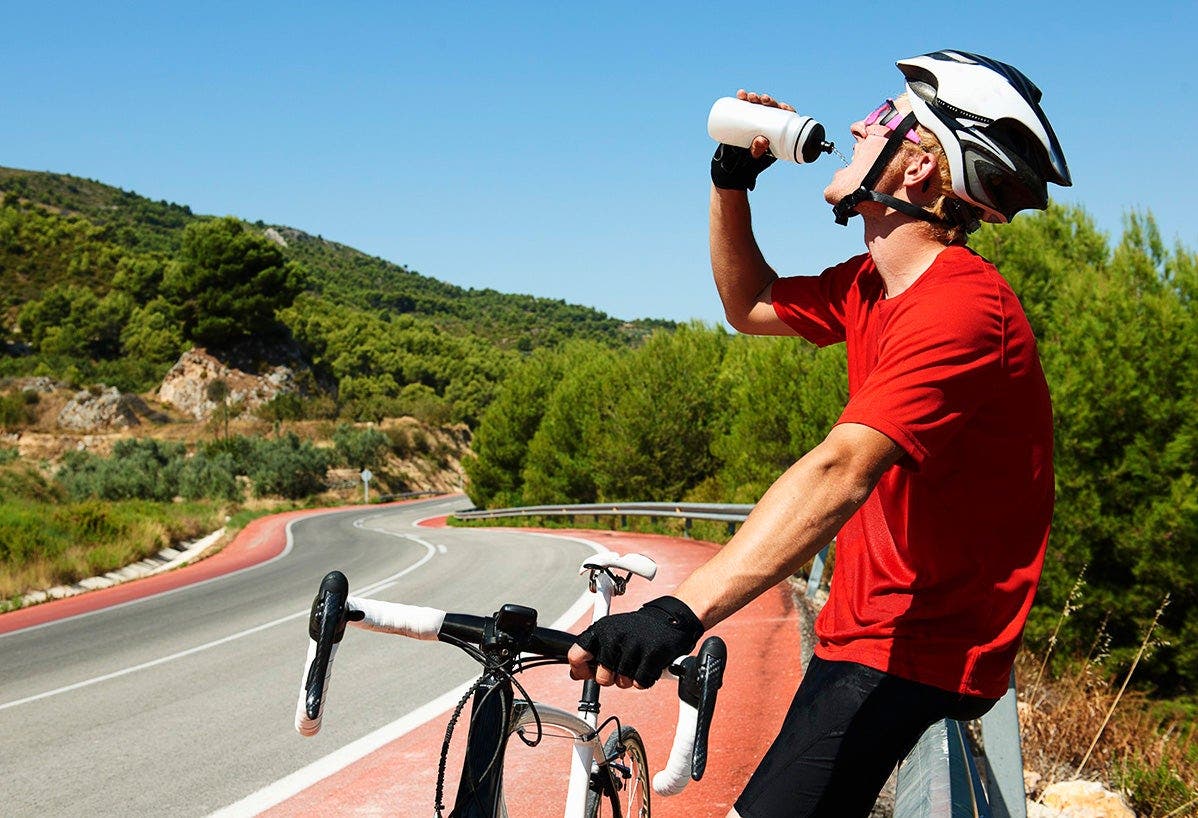Ready, set…cycle: The game plan


The benefits The game plan The workout
To burn fat, build endurance, and counteract the punishing effects of untold hours in a desk chair, nothing beats getting on two wheels.
When you’re ready to take your bike out for a ride, Jeffrey Godin, who trains athletes at Blackstone Valley Human Performance in Massachusetts, suggests gradually building up time and distance.
“When you’re starting out, I’d recommend biking three times a week for 30-45 minutes at a time,” said Godin, a cycling enthusiast who has a doctorate in kinesiology/exercise science from the University of Connecticut. “It’s not that important how fast or how far you go. After five or six weeks, you can increase your intensity and add time.”
Stretch
Many people choose cycling because it offers most of the same fitness benefits that running does — including reduced risk of obesity, heart disease and diabetes — but risks far less damage to the joints. “It’s non-impact,” Godin said. “It’s much more forgiving than running.”
Still, new riders might be using muscles they haven’t worked in a while, making stretching that much more important. Godin recommends hamstring, back, chest, shoulder and quadriceps stretches before getting started.
Check bike fit
Riding a bike can be physically demanding, but it shouldn't be painful. The culprit? Many times it's poor bike fit. "If it's miserable or they're getting sore or it's painful, they need to get the bike fit or start off at a lower level," Cramblett says.
Numbness, knee pain, sore hands, back pain or a stiff neck are all signs that you may need to tweak the setup on your bike. A bike shop can offer some basic guidance, and some experts specialize in bike fit. One simple adjustment is seat height. At the bottom of a pedal stroke, your leg should be almost straight, without feeling like you're reaching.
If you start to experience some discomfort while riding your bike or have a history of discomfort, Cramblett recommends a professional bike fit. One that is done by a professional fitter who has a medical background can be helpful to solve or prevent musculoskeletal problems.
Find a great route
Once you’ve got your bike, riding it isn’t exactly like ... well riding a bike. If you haven’t ridden since you outgrew your Huffy with the banana seat, practicing on less-traveled roads to get comfortable is a good idea before riding with traffic.
Many communities have built bike paths or created bike lanes to encourage cycling, but if you’re sharing the road with auto traffic, it’s important to learn the rules. Cycling regulations vary, state by state, but some basic guidelines will help keep you safe anywhere.
- Ride in a straight, predictable path.
- Use hand signals to indicate turns or lane changes.
- Don’t get too close to parked cars, to avoid unexpected opening doors.
- Listen, look and be aware of approaching traffic.
- Be aware the not all drivers will know the rules.
Cross-train
Putting all your focus on cycling will actually impede your progress. Instead riders should mix it up with a number of other cross-training activities, Cramblett says, which allows you to maintain muscle flexibility and strength balance in the body. Cross training will strengthen and stretch your muscles, making you more capable on the bike, less prone to injury and fitter overall.
Cross-training doesn't need to mean starting up an entirely different sport. Cramblett says it can be something as simple as walking for 15 or 30 minutes on off days, which will open up your hips and your chest, stretching out the muscles worked during cycling. "Biking is a bent-over activity with your hands on the handlebars, and walking is an upright activity. Walking counteracts bicycling and sitting at a computer all day."
